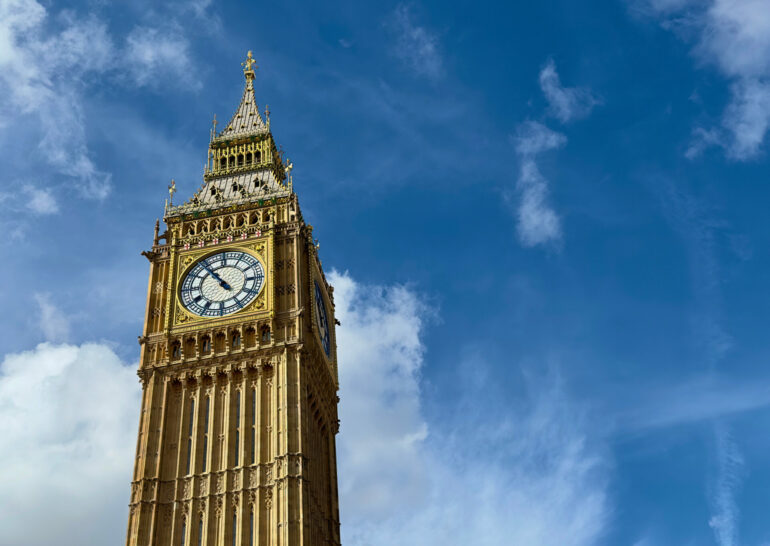The prime London housing market experienced an early summer slowdown in the weeks leading up to the General Election.
According to analysis by independent property analysts LonRes, sales values in June fell by 4.5% compared with a year earlier, while the number of transactions dropped by 17% over the same period. Despite this, both metrics remain broadly in line with pre-pandemic levels from 2017-2019.
New instructions fell by 8.4% annually but were 4.8% higher than the 2017-2019 June average. The stock of available homes for sale continues to rise, with 12.7% more properties on the market in prime London at the end of June compared to a year earlier.
The £5m+ market saw a 21.5% fall in sales volumes in Q2 compared to last year, but activity remains above typical pre-pandemic levels. New instructions in this high-end market continued to rise, with 25.8% more £5m+ properties for sale at the end of June than a year earlier.
In the prime London lettings market, rental growth slowed to an annual rise of just 0.4%, the slowest since July 2021. Rents, however, remain 28.1% above their 2017-2019 average. June saw a 2.5% decrease in lets agreed and a 5.1% decrease in new instructions, contrasting with the improved activity seen earlier in the year.
Nick Gregori, head of research at LonRes, said: “June was a quiet month for the prime London sales market, with activity down on all our main metrics. While evidence shows us that a General Election has little overall impact on the prime London housing market, one isolated month prior to polling day may display a little more volatility.
“The market tends to slow down for the summer in July and August and it is possible that this started early this year. We know many buyers and sellers are playing a waiting game – mainly hoping for better economic news and political stability – and the General Election campaign is likely to have added to this sense of caution.
“Now the election is done, the stability point is dealt with. And if the financial markets’ response is anything to go by, the certainty offered by a new government with a large majority could increase confidence, overriding any worries about taxes and regulation. This raises hope that the impact of an early summer slowdown can be caught up later, but sentiment across the wider international stage remains fragile.”
The cost of borrowing, and the expectation that it will reduce in the near future, is a key driver of sentiment, even in the equity-rich prime London markets. Anticipated cuts to the Bank of England base rate have not yet materialised, even though inflation has fallen back to the 2% target. The latest data on SWAP rate expectations show a fall of around half a percentage point over the course of the year so far, although rates remain higher than pre-pandemic levels.
The prime London rental market also saw a quieter June. New letting instructions recorded their first fall of the year, down 5.1% on the same month last year. Despite this, the first half of the year saw a 10% annual increase. The number of lets agreed in June was 2.5% lower than a year earlier and 52.2% below the 2017-2019 June average.
Properties available to let have been rising, with an 8% increase in homes on the rental market compared to a year earlier. However, availability at lower price points remains constrained, with significant growth in stock seen mainly at the higher end of the market.
Gregori noted: “Lettings also had a quiet month after a strong start to the year. A lack of stock at more affordable price points continues to constrain activity across the market, although more choice is appearing at the top end. Annual rental growth slowed to 0.4% but values remain 28.1% above their 2017-2019 (pre-pandemic) level.”



